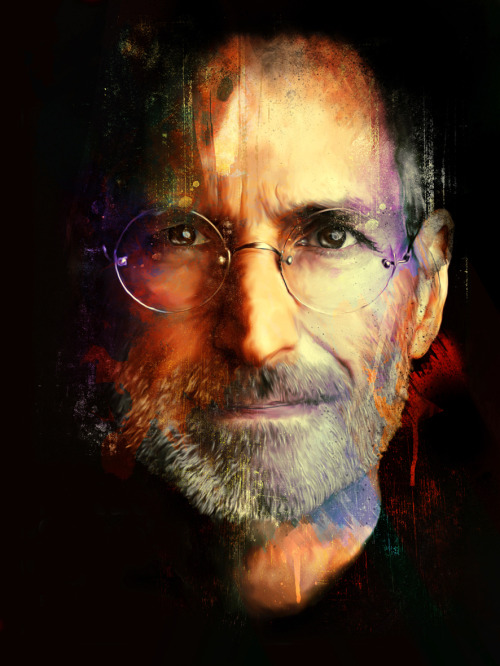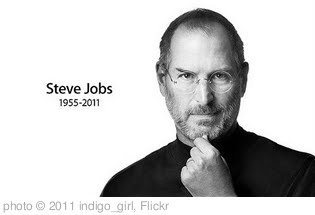
Like Matthew Sobol, the protagonist in Daniel Suarez's book Daemon, Steve Jobs has come back from the dead to attempt to redefine society. Those who read Jobs' biography know the two areas Steve Jobs wanted to change was television and school textbooks. Well like how the ghosts of Christmas past, present, and future changed Ebenezer Scrooge, the first Ghost of Steve Jobs wants to change a stodgy and stuck-in-the-past education with the release of iBooks 2, iBook Author, and the iTunes U app. Whether Jobs' specter will make a positive change remains to be seen.
The most intriguing of Apple's recent releases is iBook Author. This is a free application for Macs which allows anyone to create a multimedia rich book. The primary target is teachers who wish to create their own textbooks that would help their students. Now all those teachers I know who do not like to share their curriculum unless someone pays for it have an outlet to share their great secrets to turn students into super learners at up to $15 a pop. However, I can't wait to see teachers who have embraced the flipped style classroom and teachers who have their students create a book as a review project start having their work popup in the iBooks store. This is a great creative outlet for both teachers and students alike looking for ways to share or celebrate learning. This could be a money maker for schools because students can contribute to a virtual yearbook that actually relives memories and they don't have to work with yearbook publishers. I would like students to become editors of a class companion or textbook and produce updates to a review book during the school year. The only downfall is it currently works with the iPad but I am sure that will change and other other programs will come along that will cover Kindle and other eReaders.
Tech News Today said Apple's education announcement could eliminate schools. While this was an attention getting headline for the show, the iTunes U app could have an impact on schools. I have often told teachers that iTunes U was one of the best kept secrets of education. Where else can one see lectures from universities around the world with the prestige of Harvard, Stanford, and Duke. It now looks like Apple wants iTunes U to become a place where students can retrieve course materials such as syllabi, lectures, and other course materials. While this is an interesting first step to make class materials easier to get on an iOS device, the lack of interactivity will not see iTunes U replacing classroom management systems such as Blackboard, Edmodo, or Schoology.
Like other Apple products, the introduction of iBooks 2, iBook Author, and the iTunes U app are not something never before seen products but are meant to make creating mobile online class content easier to do providing you are on the Apple ecosystem. However, you can bet others will be coming out with similar tools to support Android, ePub (Apple claims to support this but iBooks Author is hazy on this), and Kindle (is it real Android?). Hopefully, like Scrooge's transformation, this offering from Steve Jobs' ghost will transform schools to be more welcoming to mobile devices in the present and future than they have in the past.
Photo credit: everwonderpowdersplunder









